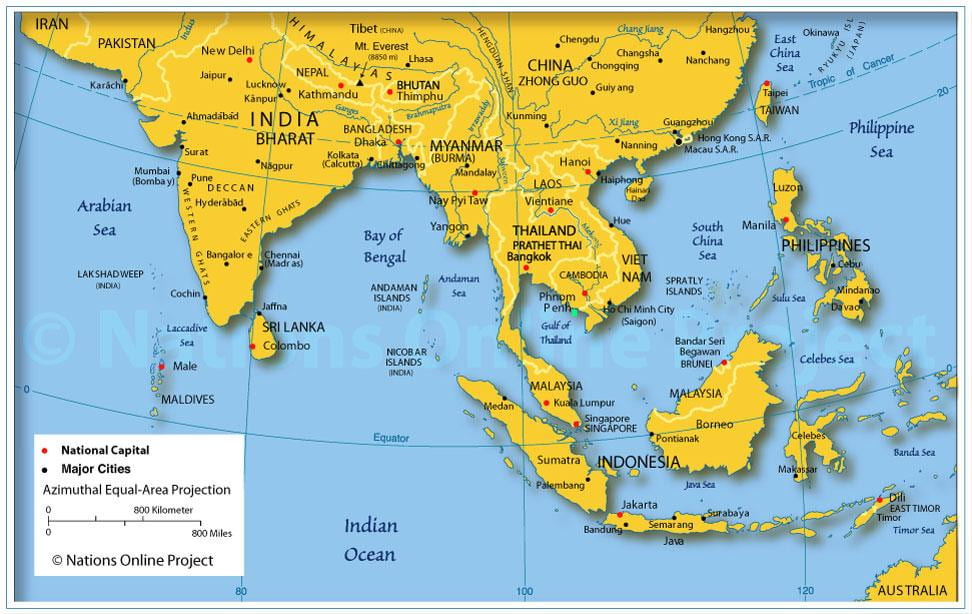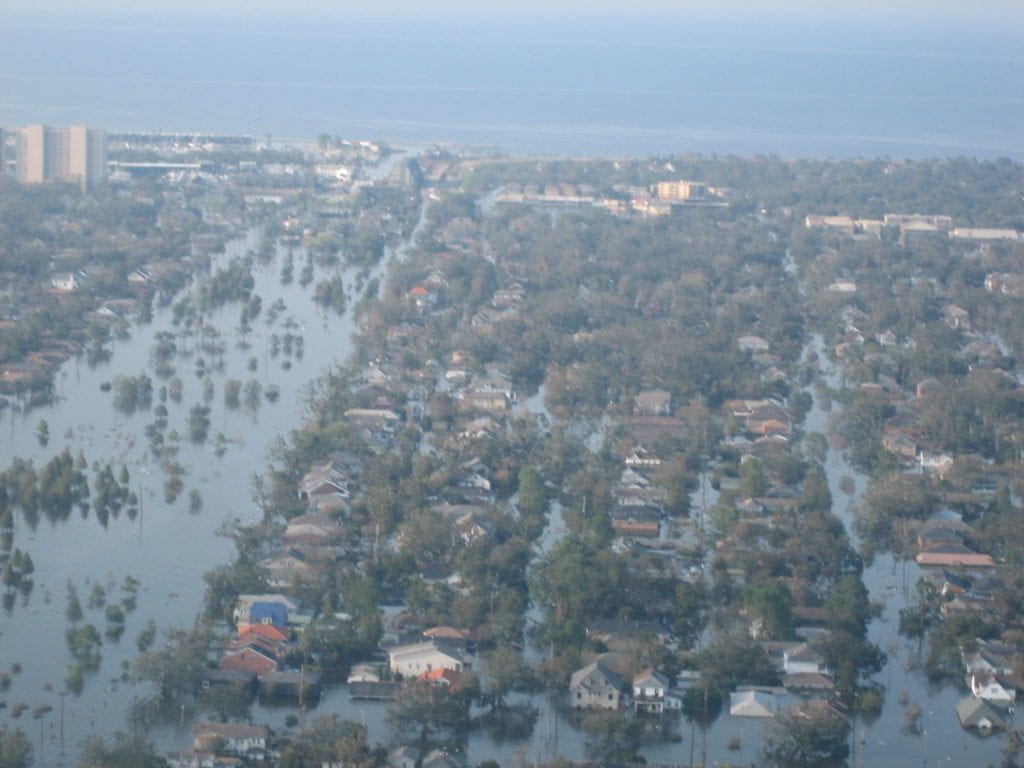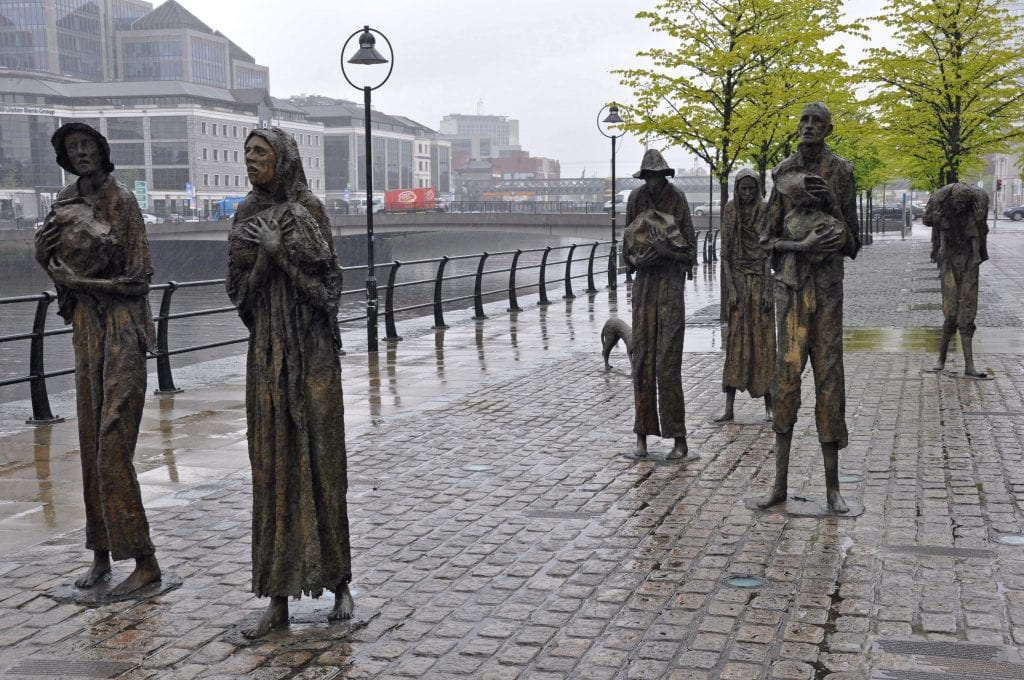
These past few weeks have been a very vulnerable time for our global community. Media has been predominately focusing on the countries and victims affected by Hurricane Harvey, Irma, and Jose, however nature’s violent outcry stormed communities all over the world- not just the hurricanes in the West. Powerful monsoons struck South Asia, affecting more than 41 million people throughout Bangladesh, Nepal, and India. In Karachi, Pakistan, devastating monsoon floods abruptly invaded communities preparing to celebrate an Islamic holiday, Eid al-Adha. Lastly, Typhoon Hato swept into the cities of Macau and Hong Kong, causing thousands of people to flee their homes.
After all of these natural disasters transpired, one concept became very clear: Mother Nature does not discriminate. Natural disasters affect the rich and poor, high income countries and low income countries, and people of all nationalities and ethnicities. Regions struck by these disasters are left with substantial amounts of infrastructural, property, and environmental damage. As a result, victims of these disaster experience traumatic consequences, such as internal displacement and food insecurity. Growing up, I believe I was too young and just overall uninformed to really comprehend what natural disasters entail, and why they are so devastating. However, now being an adult, it’s obvious to me that the reason why natural disasters are so devastating is because post-disaster damage completely compromise the dignity of human rights detailed in the Universal Declaration of Human Rights (UDHR).
Disasters interfere with a population’s economic, social, and cultural rights emphasized through 17, Article 22-27 of the UDHR. Articles 22-27 of the UDHR focus on establishing social security through people’s right to education, employment, adequate living conditions, cultural life, and leisure. Likewise, Article 17 of the UDHR establishes that “no one shall be arbitrarily deprived of his property.” Unfortunately, after a natural disaster, these rights are undeniably negatively affected.

Right to Work
The right to work and employment is severely hindered after natural disasters due unimaginable infrastructural damage. In 2005, the US experienced public health tragedy when Hurricane Katrina devastated millions along the Gulf Coast of Mississippi and Louisiana. Two years after Hurricane Katrina, the Bureau of Labor Statistics released numerous reports on the effects of Hurricane Katrina on employment and unemployment. These statistics state: “approximately 38 percent of business establishments in Louisiana and Mississippi were within a 100-mile corridor of the path of Hurricane Katrina’s center.” From August 2005 until June 2006, Louisiana unemployment rates soared from 5.8% pre-hurricane to 12.1% post-Hurricane Katrina. In Mississippi, unemployment rates climbed from 6.8% in 2004 before the hurricane to 10.4% after Hurricane Katrina. Everyone has the right to work to “ensur[e] for himself and his family an existence worthy of human dignity”; this is ultimately difficult to achieve when opportunities for employment have literally been washed away. In the Caribbean regions, hit hardest by hurricane Irma, tourism one of the largest revenue-builders and an important source of income for many families. Specifically in Anguilla, a territory hit by Hurricane Irma, tourism contributed to 57% of the island’s GDP in 2016. Generally, travel and tourism alone contributed to about 15% of the Caribbean region’s total GDP. For the Caribbean victims of Irma, the disruption of the tourism industry is a disruption to a family’s livelihood. Natural disaster victims living in rural regions such as India, Nepal, and Bangladesh face continuous threat to work when their agriculture and crop land get destroyed and the becomes unprofitable.
Right to Adequate Living
The most noticeable human right that natural disasters discernibly jeopardize is the right to “a standard of living adequate for the health and well-being of himself and of his family, including food, clothing, housing and medical care and necessary social services…” For many survivors after natural disasters, ‘adequate living’ is no longer a reality. What happens when a family’s home is demolished in the wake of disasters such as these? Tragically, millions of people become internally displaced within their countries. The United Nations reports that about 851,000 people are displaced in India, 352,738 Nepalese are displaced from their homes, and lastly 696,169 people have been displaced in Bangladesh since the monsoons. Food insecurity also becomes an urgent need to address throughout regions affected by these disasters. Within two days after the floods, Nepal Food Security Monitoring System (NEKSAP), issued a first assessment of the damage. Results exposed that 70% of flood-affected areas are moderately food insecure or worse. Of that 70%, 42% of those regions are highly and severely food insecure.
Right to Education
Natural disasters also impede on one’s right to an education due to the damage sustained by schools and educational infrastructure. Human loss to education systems, comprising the loss of school administration personal, teachers, and education policy makers, affects the institution’s ability to deliver a quality education. UN reports affirm that in Bangladesh, 2,292 primary and community schools suffered substantial water damage. In Nepal, 1,958 schools have been ruined, thereby impacting the education of 253,605 children. In India, nearly one million students’ education have been disrupted when floods damaged 15,455 schools. Damage to schools not only undercut education in the short term, but threaten long-term educational goals as well. USAID explains “the normal processes of educational planning break down during an emergency, weakening the overall system and creating future problems in the development of an inclusive educational system.”

What’s next?
These events have got a lot of people asking why these disasters even occurred in the first place. Well, science indicates that climate change has become a major catalyst to such drastic weather related disasters witnessed throughout the past couple of weeks. As NASA explains “changes in climate not only affect average temperatures, but also extreme temperatures, increasing the likelihood of weather-related natural disasters.” With rising temperatures and a predicted increase in weather-related disasters, maybe the United Nations and our government should start to consider changing the definition of an internally displaced person (IDP) or a refugee to include people fleeing from natural disasters. The UN definition of a refugee is a person who , “owing to well-founded fear of being persecuted for reasons of race, religion, nationality, membership of a particular social group or political opinion, is outside the country of his nationality and is unable, or owing to such fear, is unwilling to avail himself of the protection of that country…” Just like people running away from armed conflict, victims of weather-related disasters are also trying to escape harsh realities, including inadequate living conditions, food insecurity, no economic opportunities, and violence. A modern day example of weather-related disasters is the famine spreading across Ethiopia, Somalia, and Kenya caused by intensified droughts.
“We have moved four times in the last four months. We were trying to follow the rain – moving according to where the rains were supposed to come. But they haven’t. If the rains don’t come, none of us will survive”
– Farhia Mohamad Geedi, Oxfam
Just like Farhia and her family, 10.7 million people across Somalia, Ethiopia and are facing sever hunger. If their governments are not able to provide them with a feasible and effective solution, they have no other choice but to leave, or die. With a predicted increase in weather-related disasters such as drought and floods, more people will be living in extremely life-threatening environments that will force them to leave their home. The destruction of the consecutive water disaster have been very tragic, but there is hope for the future. Countries have begun to recognize that “their shared burden of climate-related disasters can only be lifted by universal action to address the causes of climate change.” 175 countries from all over the world have signed onto the Paris Agreement, which will focus on keeping a global temperature rise this century below 2 degrees Celsius. We as a global community have already made such positive impact by acknowledging we have a problem, now it’s time to hold ourselves accountable for progress.
Additional resource: This Changes Everything by Naomi Klein.
